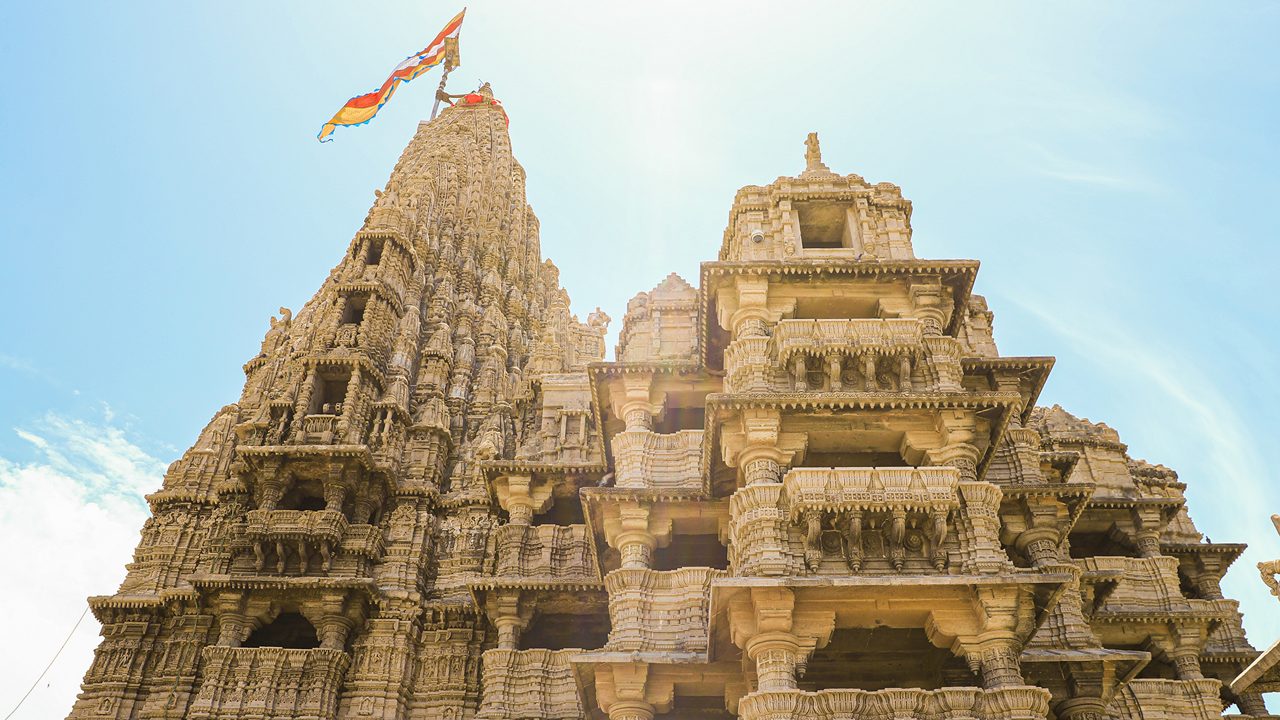Ahmedabad
A complete tourist and cultural guide
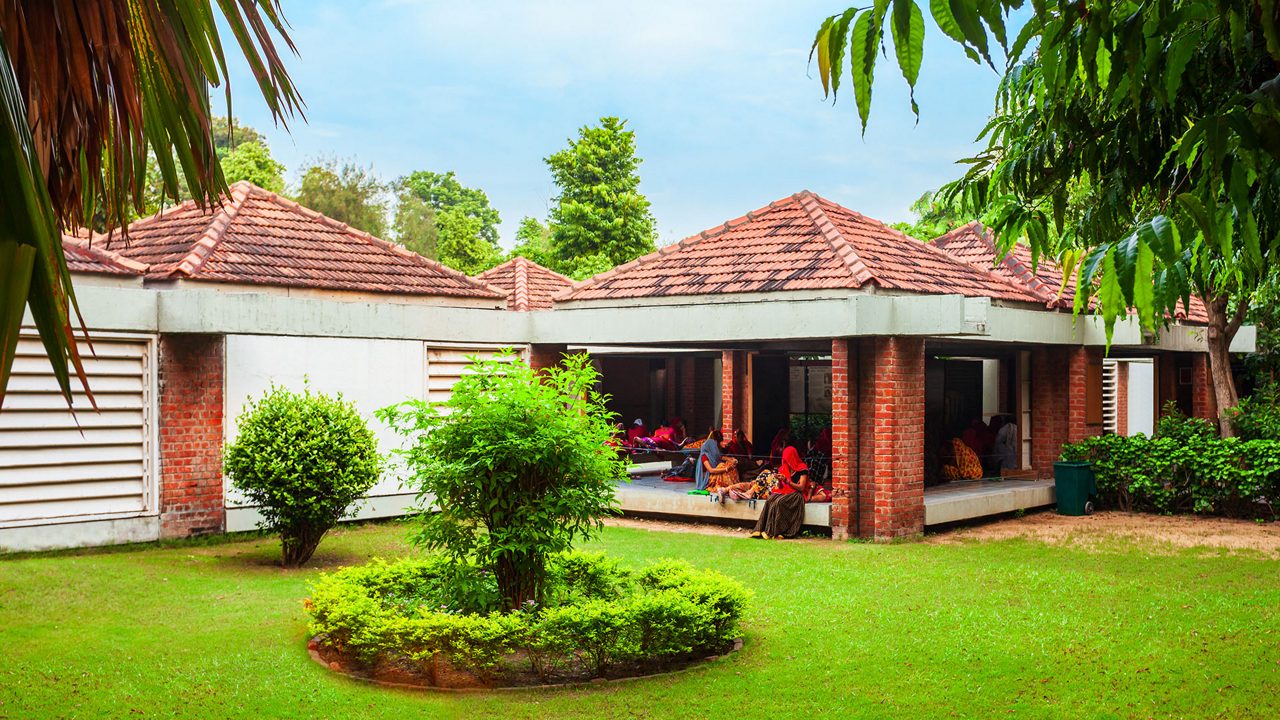
The cultural and commercial hub of Gujarat, beautifully blends its historic roots with modern vibrancy. From grand stepwells and centuries-old mosques to bustling bazaars and a scenic riverfront, the city offers a dynamic mix of heritage, art, and innovation. Whether you’re exploring the old city or enjoying urban cafés, Ahmedabad promises a rich and memorable experience.
Wiki Link: Ahmedabad
Must-Visit Attractions in Ahmedabad

Sabarmati Ashram
Once Mahatma Gandhi’s residence, this peaceful ashram on the banks of the Sabarmati River is a key landmark in India’s freedom struggle.
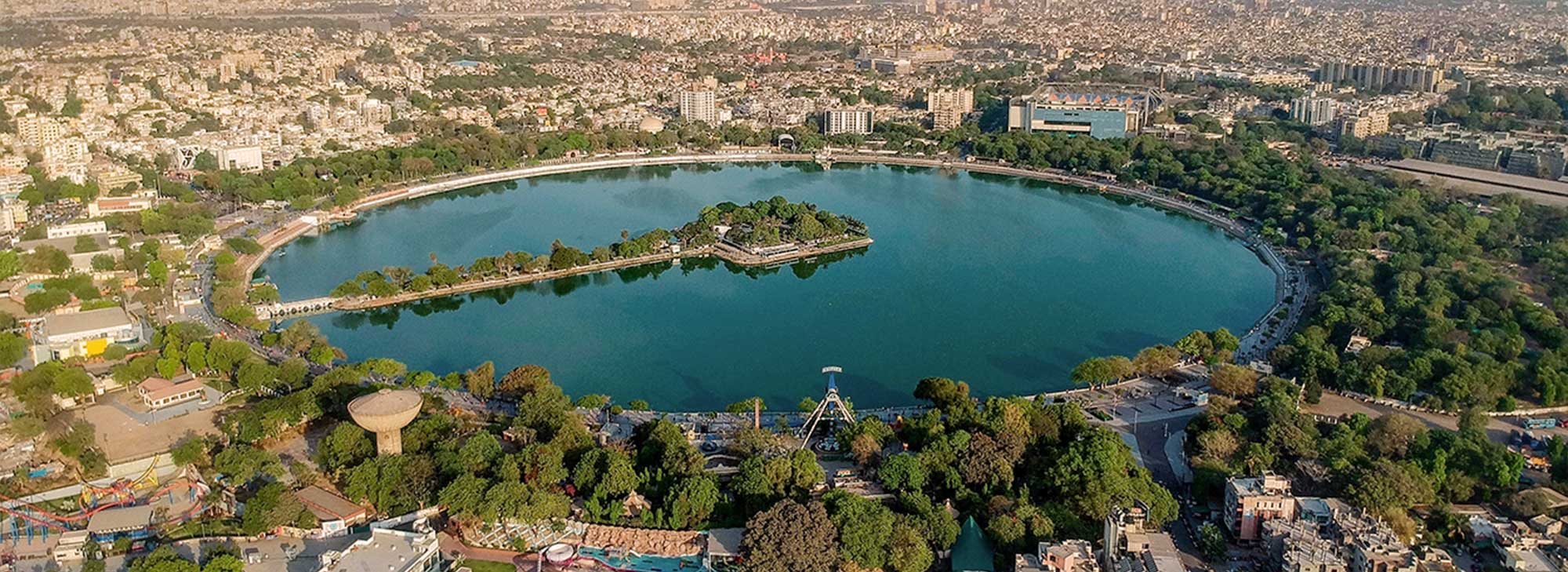
Kankaria Lake
A scenic circular lake with a zoo, toy train, and water sports. It’s a popular recreational spot for families and evening strolls.

Adalaj Stepwell
A stunning five-story stepwell built in Indo-Islamic architecture, known for its intricate carvings & interiors, once used by travelers for rest
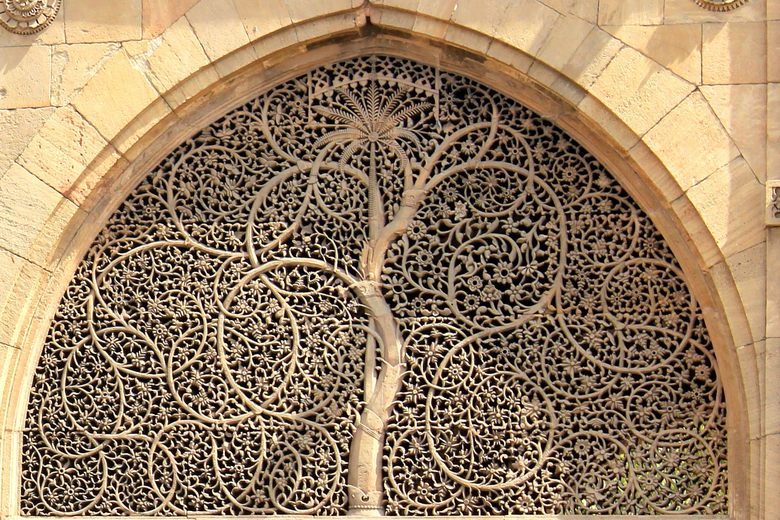
Sidi Saiyyed Mosque
Famous for its iconic stone-carved “Tree of Life” window, this mosque is a example of Indo-Islamic architecture and a symbol of Ahmedabad.
Major Attractions Nearby Ahmedabad

Modhera Sun Temple
Located 100 km away, this ancient temple is dedicated to the Sun God and known for its intricate carvings and stepwell.

Lothal
An important Indus Valley Civilization site, Lothal features a dockyard, acropolis, and museum showcasing ancient trade systems.

Nal Sarovar Bird Sanctuary
A paradise for bird watchers, this vast lake and wetland attracts flamingos, pelicans, and more during winter months.
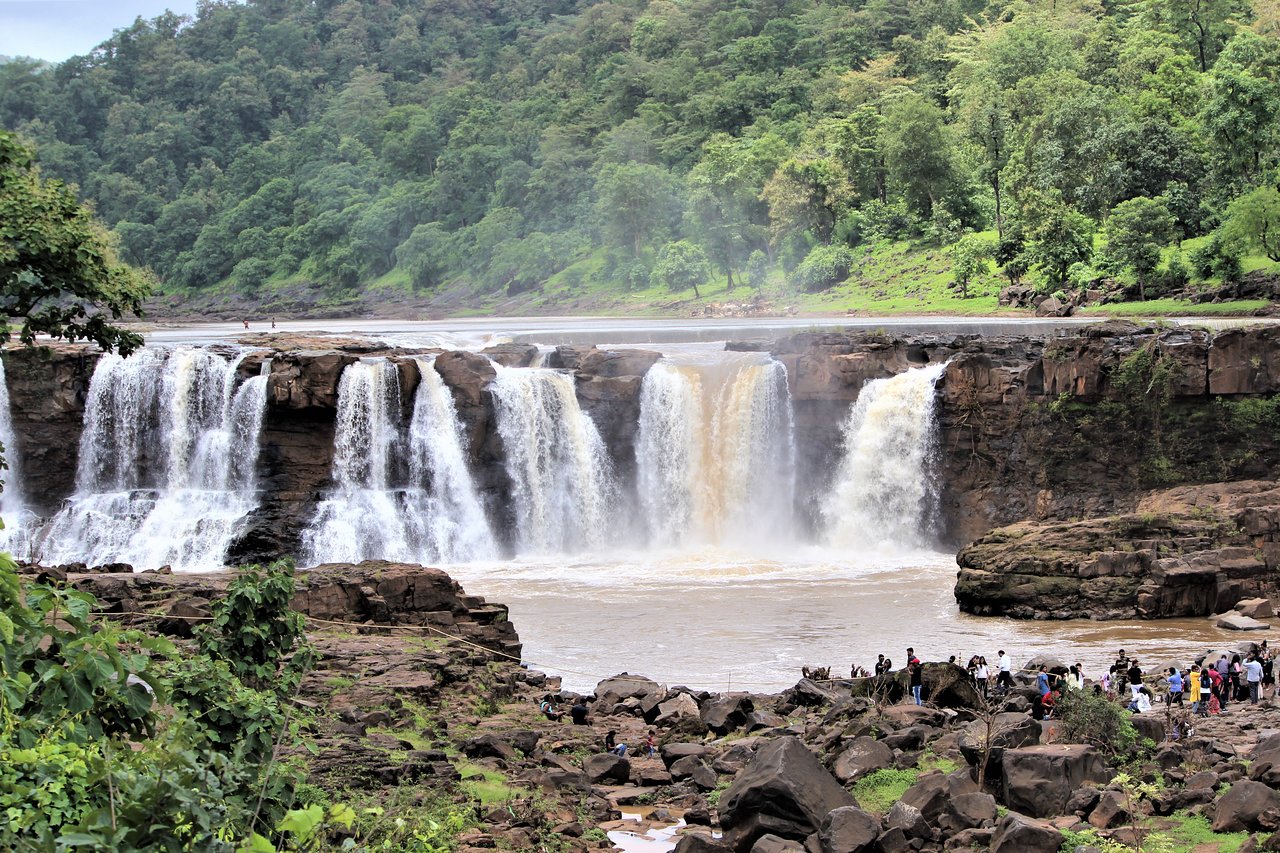
Adalaj Ni Vav
A scenic and refreshing picnic spot, especially during monsoon, where the Vatrak River cascades over rocky terrain.
Things to do in Ahmedabad
Experience the vibrant lifestyle of Ahmedabad beyond its landmarks. Indulge in its flavors, festivals, and craftsmanship for an immersive cultural journey.

Savor Authentic Gujarati Thali
Enjoy a wholesome meal of flavors with dishes like dal, kadhi, dhokla, and sweets served with warmth.

Shop at Local Handicraft Bazaars
Browse through vibrant bandhani fabrics, mirror work, and handcrafted jewelry. Law Garden Market and Rani no Hajiro are great for picking up local products.
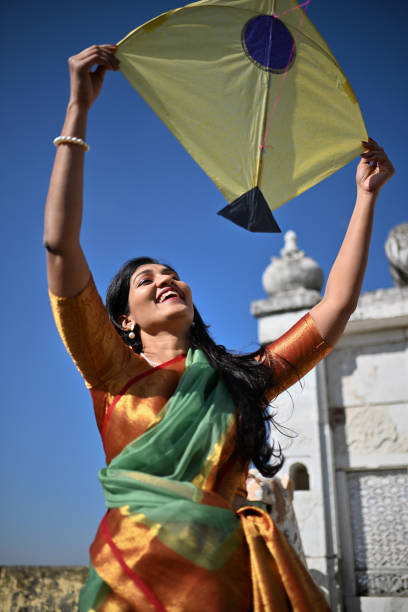
Attend a Kite Festival
Join the sky-high excitement during Uttarayan in January, where thousands of kites fill the sky. Locals celebrate with music, food, and rooftop gatherings.
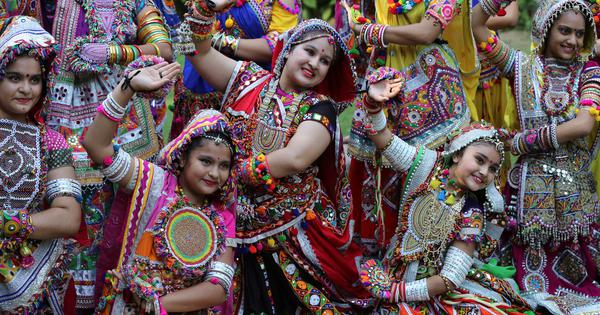
Watch a Garba Night During Navratri
Experience the joy of Gujarat’s most vibrant dance festival by joining locals in colorful attire dancing to folk music. It’s a cultural spectacle not to miss.
The Performing Art of Ahmedabad
A thriving center for performing arts, where tradition and creativity blend seamlessly. The city hosts a variety of cultural events—from classical dance and theater performances to folk storytelling and musical evenings. Bharatanatyam, Odissi, and Garba often take the stage, alongside vibrant Gujarati folk dramas like Bhavai. Institutions like Darpana Academy of Performing Arts foster local talent and promote cultural exchange. Whether it’s a temple courtyard or a modern auditorium, the city resonates with artistic expression year-round.
Music Forms
Bhajan
Sugam Sangeet
Garba songs
Ahmedabad blends classical and folk traditions with grace. Hindustani styles like Khayal and Thumri thrive alongside devotional Bhajans and festive Garba songs. Folk genres such as Dayro and Lok Geet reflect Gujarat’s rich cultural roots and continue to inspire local communities.
Dance Forms
Kathak
Garba
Dandiya Raas
Ahmedabad celebrates both classical elegance and folk vibrance. Kathak, with its graceful spins and storytelling, is performed at cultural events and festivals. The city also embraces traditional Gujarati folk dances like Garba and Dandiya Raas, especially during Navratri, where rhythm, energy, and devotion come alive in every step.

City Vibes - Timeless Spiritual Charm
Ahmedabad pulses with a unique blend of heritage and soul. Ancient temples, Sufi shrines, and Jain sanctuaries dot the cityscape, offering moments of calm amidst the urban rush. Spirituality flows through its festivals, chants, and community rituals, creating an atmosphere that feels both timeless and alive.
Heritage of Ahmedabad
Ahmedabad’s heritage is a rich mosaic of architecture, culture, and history. Declared India’s first UNESCO World Heritage City, it boasts centuries-old mosques, intricately carved stepwells, and traditional pol houses with charming wooden facades. The city reflects Indo-Islamic, Jain, and Hindu influences, seamlessly woven into its urban fabric. Its walled city area, bustling with life and tradition, preserves the essence of Gujarat’s glorious past.

Cuisine of Ahmedabad
From street snacks to elaborate thalis, the city’s cuisine is a true celebration of taste.

Gujarati Thali
A vibrant platter featuring dal, kadhi, roti, rice, pickles, and sweets, the Gujarati Thali offers a wholesome and flavorful experience.
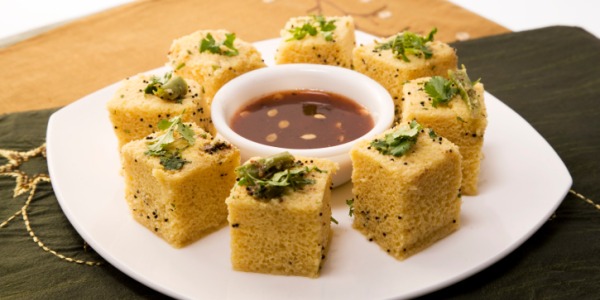
Dhokla
This soft, steamed snack made from fermented gram flour is light, spongy, and slightly tangy.
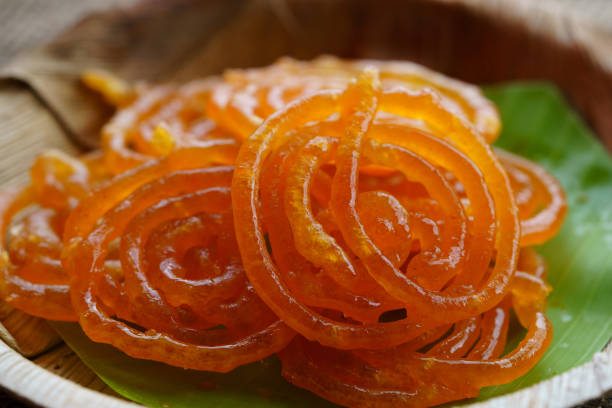
Fafda-Jalebi
A beloved breakfast combo, crunchy fafda paired with hot, sweet jalebi is an Ahmedabad favorite—especially during festivals and weekends.

Khandvi
Made from gram flour and curd, Khandvi is a smooth, rolled snack with a hint of tang. Delicately spiced and garnished, it’s a visual and flavorful treat found in sweet shops and homes alike.
Shopping in Ahmedabad
Shopping in Ahmedabad offers a vibrant mix of tradition and craftsmanship. From colorful textiles to intricate handicrafts, the city’s lively bazaars celebrate Gujarat’s rich cultural legacy.

Bandhani Sarees
These beautifully tie-dyed sarees are known for their vibrant patterns and bright hues.
Patola Silk
Patola silk is a luxurious handwoven textile, originally from Patan but found in Ahmedabad’s upscale stores.

Local Handicrafts
Ahmedabad’s handicrafts scene includes mirror work, embroidered bags, wall hangings, and terracotta artifacts.

Silver Jewelry
Local artisans offer a wide range of ethnic and fusion designs in areas like Manek Chowk.
Tourist's Handbook
The best time to visit Ahmedabad is during the winter months, from November to February, when the weather is cool, dry, and pleasant—perfect for sightseeing and cultural exploration. The temperature ranges between 15°C and 30°C, making it ideal for outdoor activities and heritage walks. This season also coincides with the vibrant Uttarayan (Kite Festival) in January, offering a unique cultural experience. Avoid the scorching summer months (April to June) and monsoon season (July to September) due to extreme heat and occasional flooding.
Stay Alert in Crowded Areas – Popular spots like Manek Chowk and local bazaars can get packed; keep an eye on your belongings and avoid displaying valuables.
Use Trusted Transport – Prefer app-based cabs like Ola or Uber over unregistered autos, especially during late hours.
Respect Religious Sites – Many temples and mosques require modest attire; remove footwear and follow local etiquette when entering.
Beware of Overpricing – Street vendors and souvenir shops may overcharge tourists. Bargain politely or compare prices before buying.
Stay Hydrated Safely – Ahmedabad’s climate can be dry; carry bottled water and avoid drinking tap or roadside water.
Avoid Isolated Areas After Dark – Stick to populated zones in the old city and avoid exploring unfamiliar neighborhoods alone at night.
Exploring Ahmedabad is convenient with a variety of local transport options. Auto-rickshaws and e-rickshaws are easily available and ideal for short distances within the city. For longer journeys or air-conditioned comfort, use app-based cab services like Ola and Uber. The Ahmedabad BRTS (Bus Rapid Transit System) is efficient and budget-friendly, especially for commuting through major city routes. The old city areas like Pols and Manek Chowk are best explored on foot to truly experience their historical charm. Avoid peak traffic hours to make your travel smoother.
Overpriced Auto-Rickshaws – Some drivers may overcharge tourists. Insist on using the meter or agree on a fare beforehand.
Fake Handicraft Sellers – Avoid purchasing from overly persistent street vendors claiming “authentic crafts.” Buy from government emporiums or trusted outlets.
Counterfeit Textile Shops – Ahmedabad is known for textiles, but not all shops offer genuine products. Research beforehand or go to reputable stores.
Misleading Guides at Heritage Sites – Use only certified guides at historical monuments like Adalaj Stepwell or Sarkhej Roza to avoid misinformation and overpricing.
Donation Requests Near Temples – Be cautious of people asking for donations in the name of temple maintenance or rituals. Verify with official temple staff first.
Ahmedabad Blogs
- Gujarat Cultural guide
- Places to visit in Ahmedabad
- Places to visit nearby Ahmedabad
- India’s most popular destination
- India’s archaeological marvels
Recommended articles
- Uttar Pradesh Cultural guide
- Places to visit in Varanasi
- Places to visit nearby Varanasi
- India’s most popular destination

